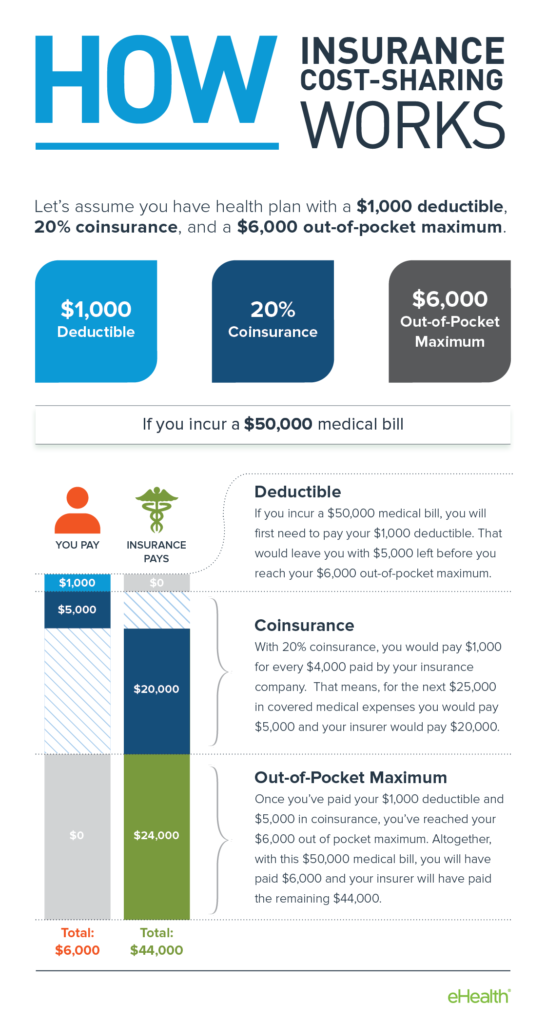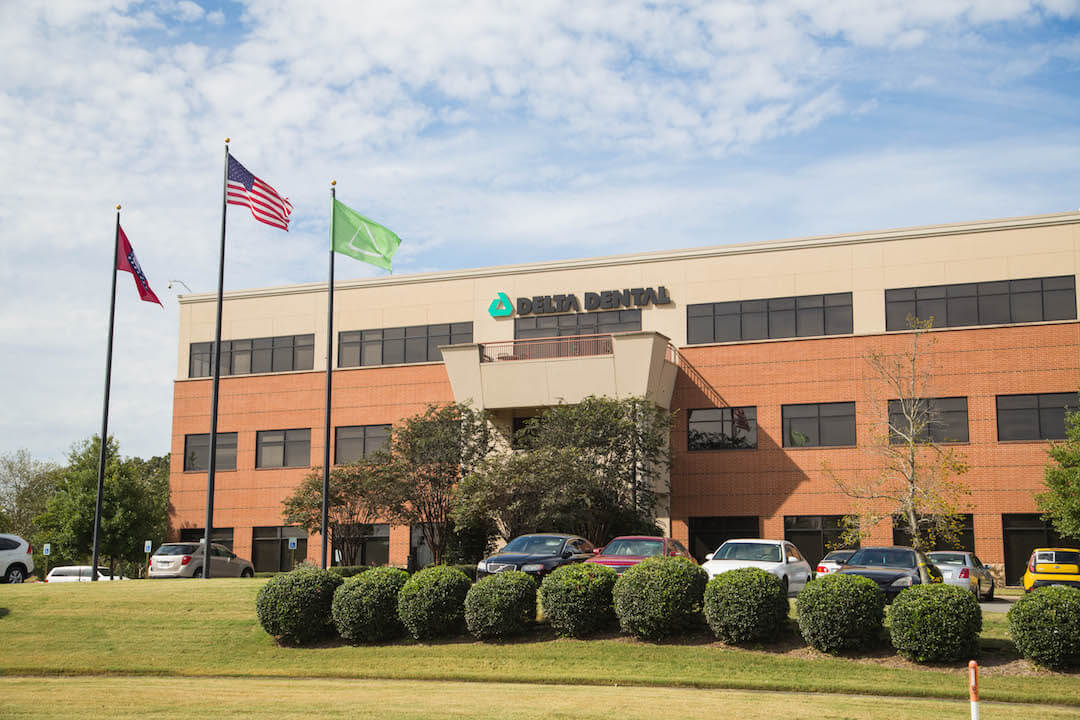Primary care physicians manage the majority of their patients care from preventative services such as immunizations and screenings to diagnosing and treating illnesses. Health care provided by a medical professional such as a general practitioner pediatrician or nurse with whom a patient has initial contact and by whom the patient may be referred to a specialist often used before another noun a primary care physician called also primary health care.
 What Is A Primary Care Physician And What Services Do They Offer
What Is A Primary Care Physician And What Services Do They Offer
Definition - What does Primary Care Physician PCP mean.

What does primary care physician mean. The physician who provides primary care. Definition of primary care. The individual assigned to be the primary care manager overseeing a patients medical care during an episode of hospitalization.
A primary care physician is your main doctor who provides the broadest medical care ranging from treatment for chronic conditions and general health and well-being Internists family doctors pediatricians and geriatricians qualify to be your PCP Some health plans like an HMO require seeing primary care doctors before seeing a specialist. The term is primarily used in the United States. A primary care physician is a medical doctor whos trained to prevent diagnose and treat a broad array of illnesses and injuries in the general population.
PRIMARY CARE PHYSICIAN noun Sense 1. A primary care physician is a medical specialist who is both first contact for a person with an undiagnosed health concern and the main caregiver of ongoing diagnosis and treatment of different medical conditions. Theyre the ones patients come to rely on even when being circulated to various specialists.
Primary care physician A primary care physician or PCP is a physician who provides both the first contact for a person with an undiagnosed health concern as well as continuing care of varied medical conditions not limited by cause organ system or diagnosis. Has a qualification of primary care physicians with a specialized focus in preventative medicine natural therapeutics and emphasis on holistic and nontoxic approaches to therapy and optimizing. What is a Primary Care Physician.
Just like internists primary care physicians routinely care for seniors and are well-equipped to manage chronic illnesses and coordinate complex care with specialists. Physician a licensed medical practitioner. Primary care physicians need to know that they have the power to quickly analyze groups of patient data and intervene when necessary to make better treatment and care decisions that lower the cost of care improve outcomes and raise their ability to earn income under a value-based payment system.
The primary care physician acts as a gatekeeper to the medical system. Primary care physician A physician who provides care to a Pt at the time of firstnon-emergent contact which usually occurs on an outPt basis. Most PCPs are doctors but nurse practitioners and even physician assistants can sometimes also be PCPs.
A primary care physician PCP is a patients main doctor who is responsible for helping with most of their health care issues. The National Academies of Sciences Engineering and Medicine defines primary care as the provision of integrated accessible health care services by clinicians who are accountable for addressing. Topping the list is Washington with New York and New Hampshire close behind in second and third.
However choosing a primary care practice is also a great option for families. Primary care physician A primary care physician or PCP is a physician who provides both the first contact for a person with an undiagnosed health concern as well as continuing care of varied medical conditions not limited by cause organ system or diagnosis. Hypernyms primary care physician is a kind of.
In the past these physicians were called family doctors or general practitioners. Many insurance companies and hospitals require patients to have a primary care physician. What does a Primary Care Physician do.
PCPs include internists formerly general practitioners family practitioners or emergency room physicians. See Family practice General practitioner Internist. PCPs are our first stop for medical care.
Theyre the ones that patients get to develop long-term relationships with. Top 50 Highest Paying States for Primary Care Physician Jobs in the US. Weve identified four states where the typical salary for a Primary Care Physician job is above the national average.
Primary care physicians are the connections patients need to the increasingly fragmented world of health care. Attending Health Care Provider NCI Thesaurus ND. New Hampshire beats the national average by 36 and Washington furthers that trend.
Required under some health insurance plans a primary care physician PCP is a policyholders main point of contact for their medical needs. Continuing care the level of care in the health care system that consists of ongoing care of the physically handicapped mentally retarded emotionally retarded and those suffering from chronic incapacitating illness. A primary care physician PCP or primary care provider is a health care professional who practices general medicine.





